SNOSDD8 December 2022 LM7480
PRODUCTION DATA
- 1 Features
- 2 Applications
- 3 Description
- 4 Revision History
- 5 Device Comparison Table
- 6 Pin Configuration and Functions
- 7 Specifications
- 8 Parameter Measurement Information
- 9 Detailed Description
-
10Applications and Implementation
- 10.1 Application Information
- 10.2 Typical 12-V Reverse Battery Protection Application
- 10.3 200-V Unsuppressed Load Dump Protection Application
- 10.4 Do's and Don'ts
- 10.5 Power Supply Recommendations
- 10.6 Layout
- 11Device and Documentation Support
- 12Mechanical, Packaging, and Orderable Information
Package Options
Mechanical Data (Package|Pins)
- DRR|12
Thermal pad, mechanical data (Package|Pins)
- DRR|12
Orderable Information
10.2.7 Application Curves
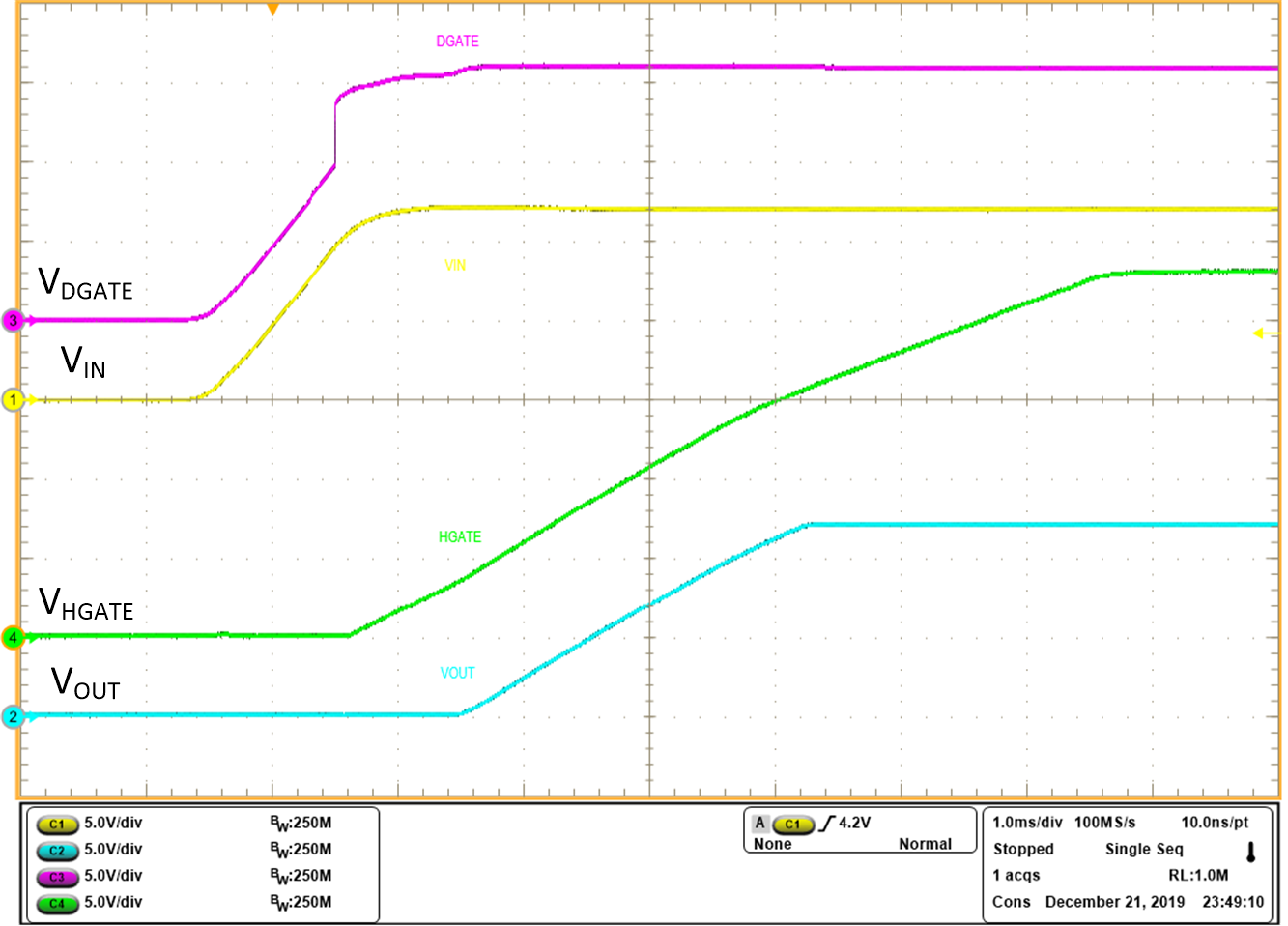 Figure 10-2 Startup 12 V with EN Pulled to VIN
Figure 10-2 Startup 12 V with EN Pulled to VIN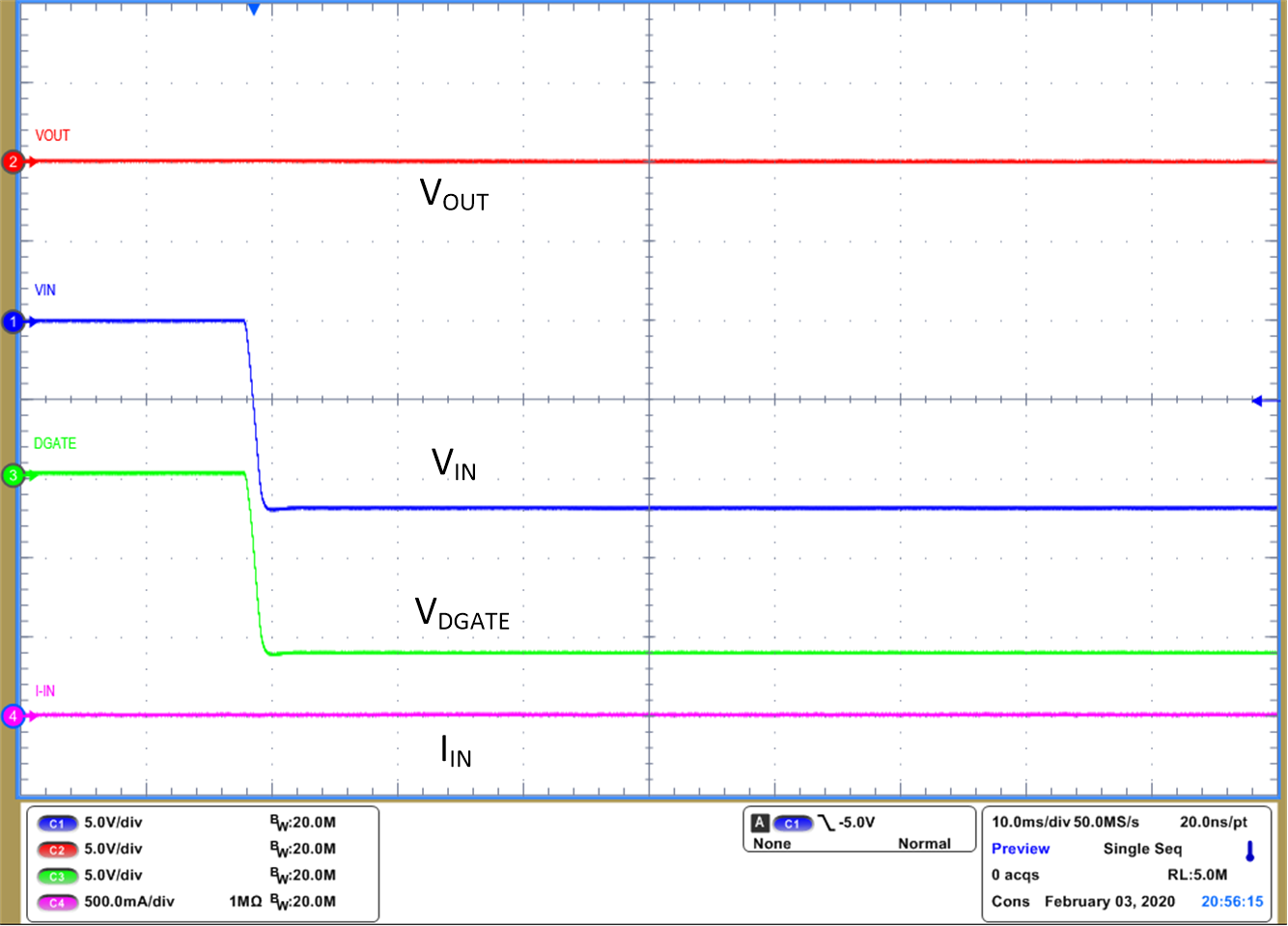 Figure 10-4 Reverse Input Voltage –14 V
Figure 10-4 Reverse Input Voltage –14 V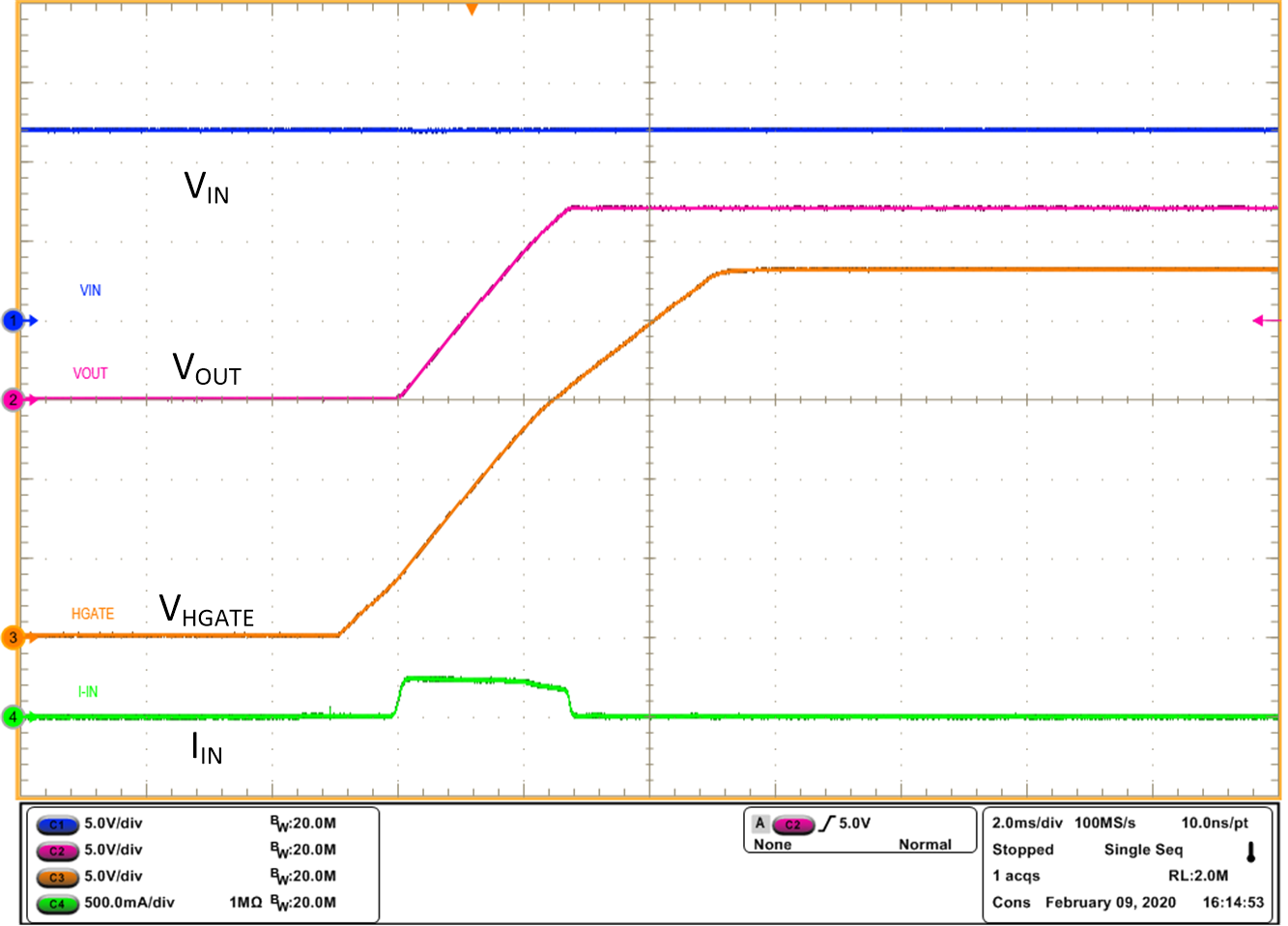 Figure 10-6 Inrush Current with no Load at Output
Figure 10-6 Inrush Current with no Load at Output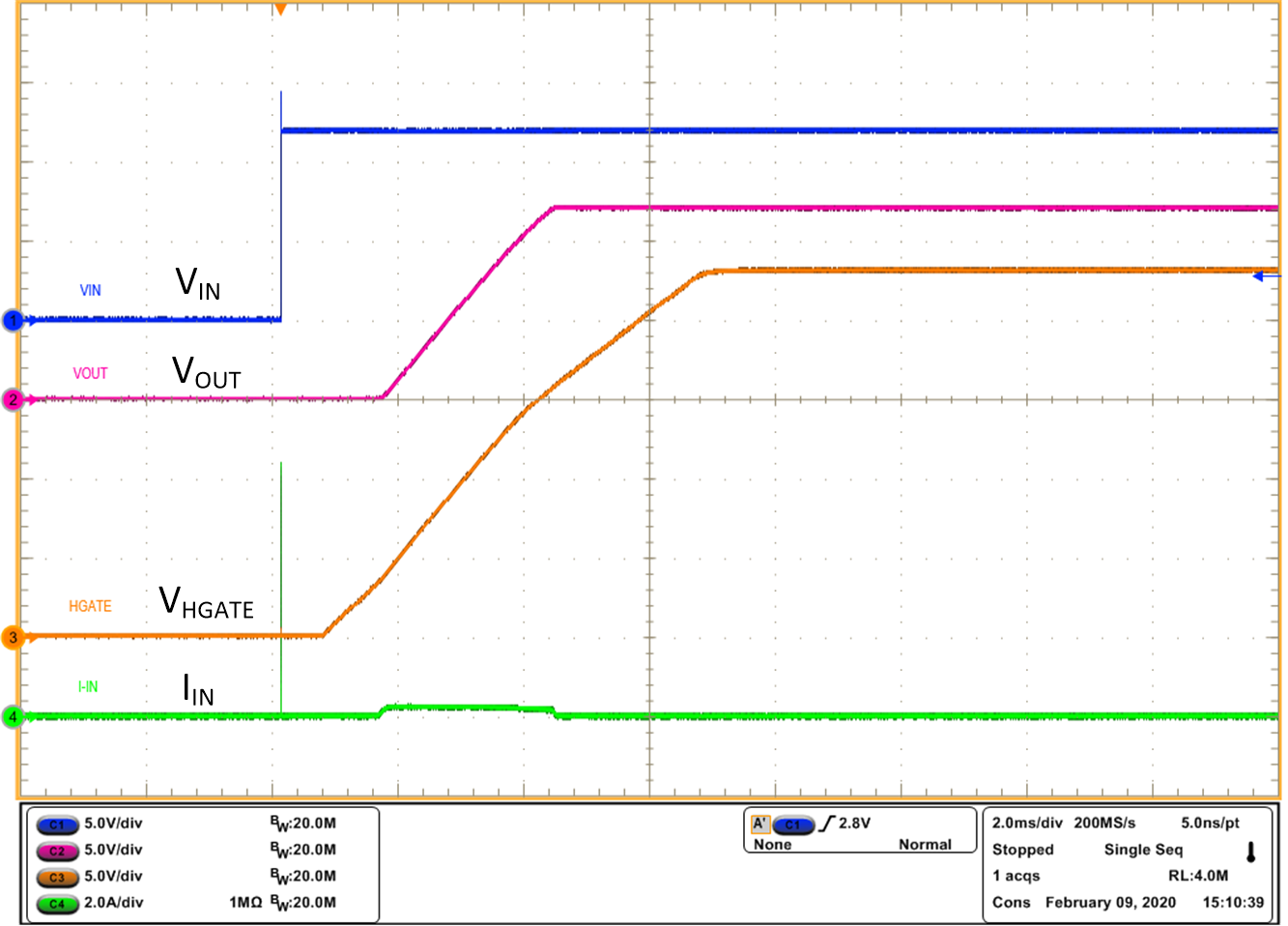 Figure 10-8 Hot-Plug into 12 V
Figure 10-8 Hot-Plug into 12 V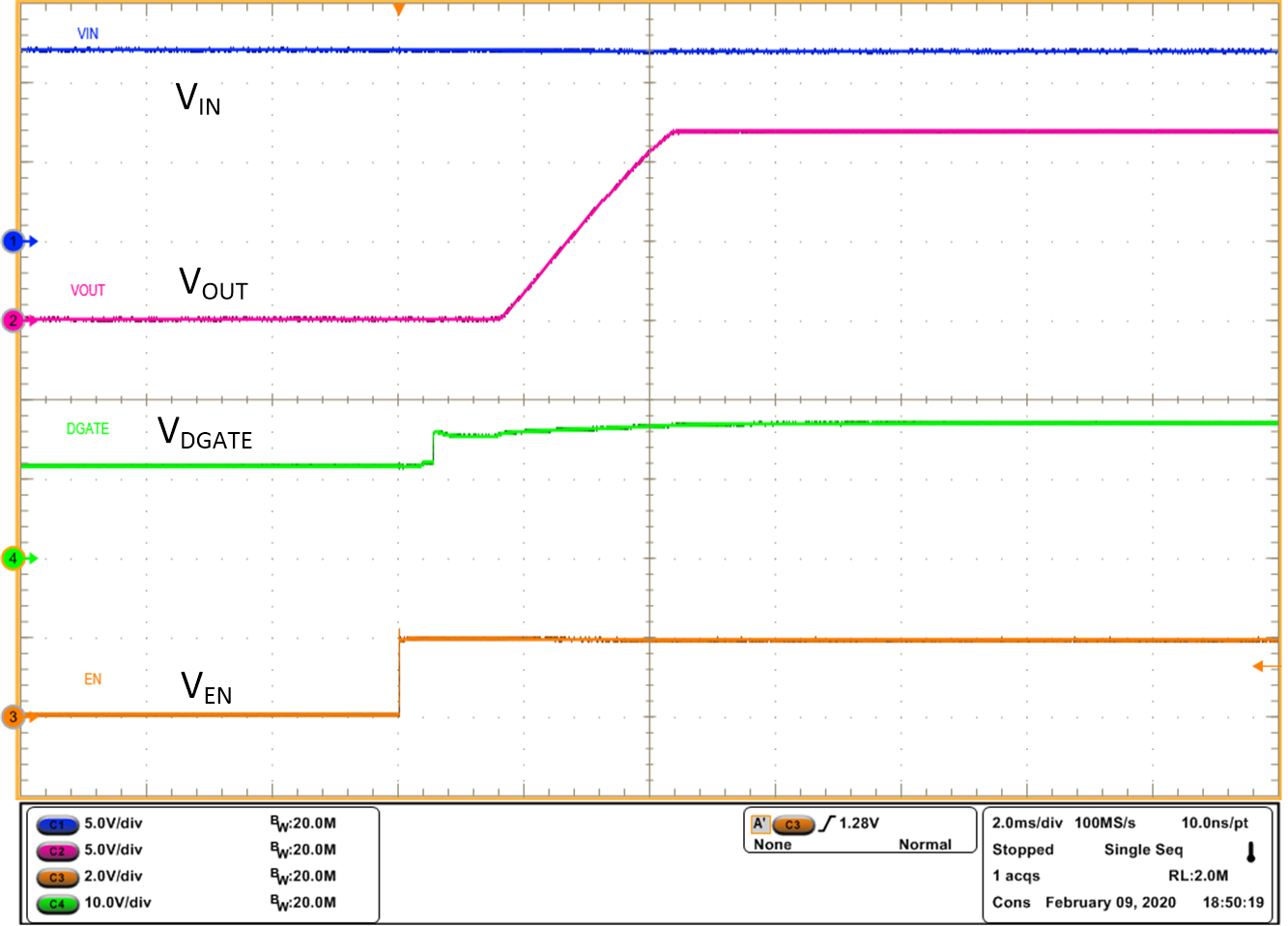 Figure 10-10 DGATE Turn ON with Enable
Figure 10-10 DGATE Turn ON with Enable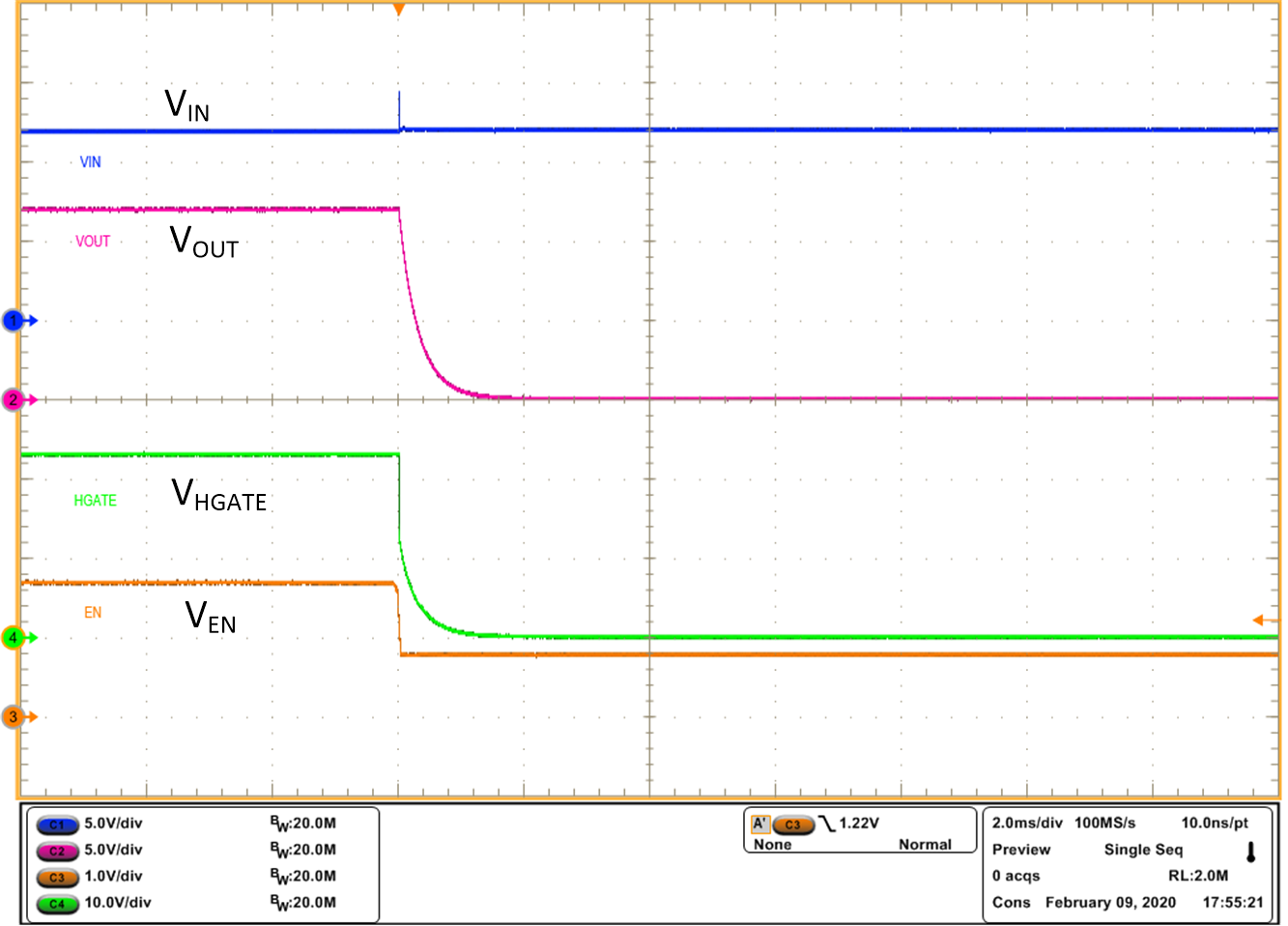 Figure 10-12 Turn OFF with Enable Control
Figure 10-12 Turn OFF with Enable Control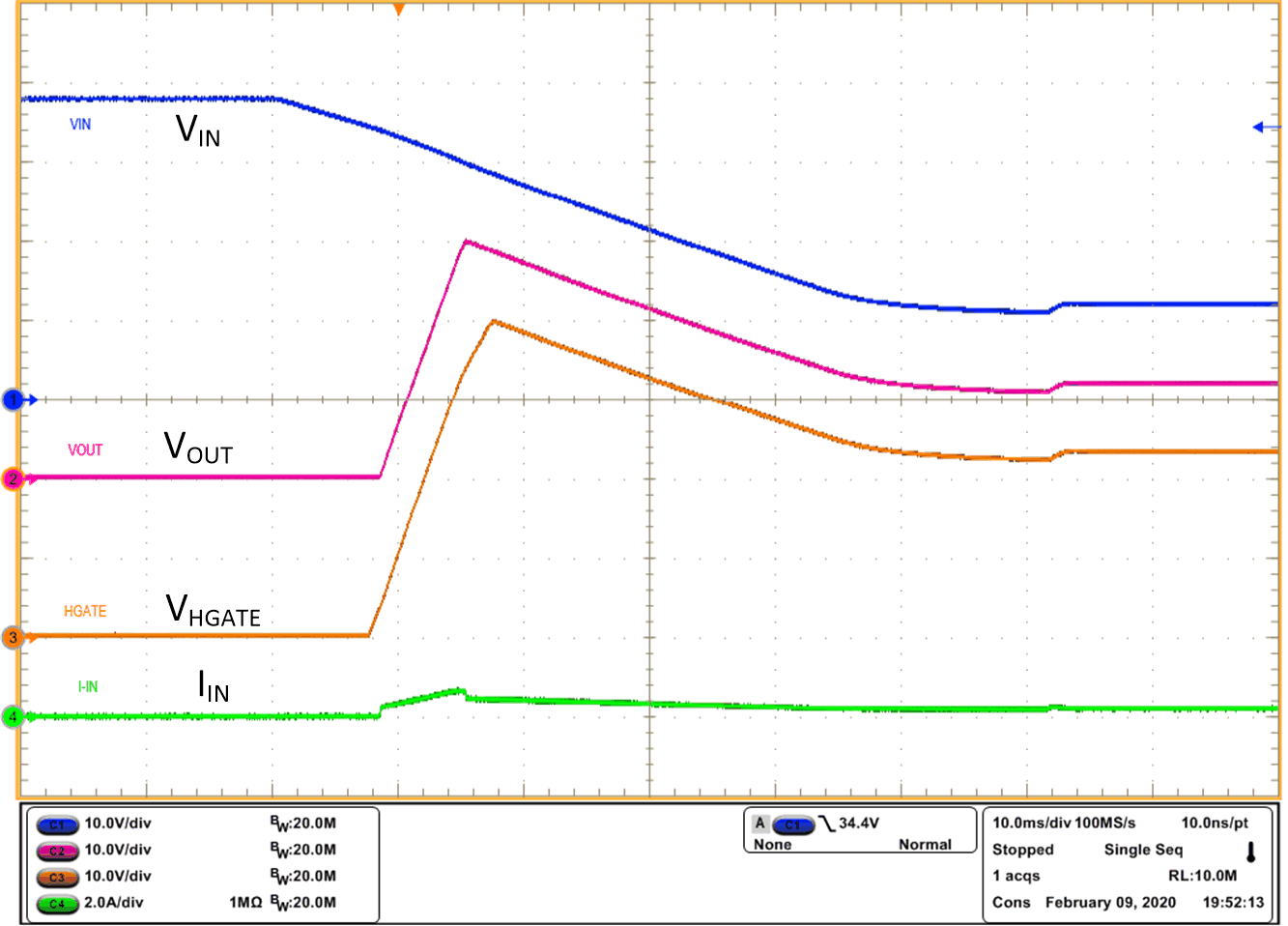 Figure 10-14 Overvoltage Recovery
Figure 10-14 Overvoltage Recovery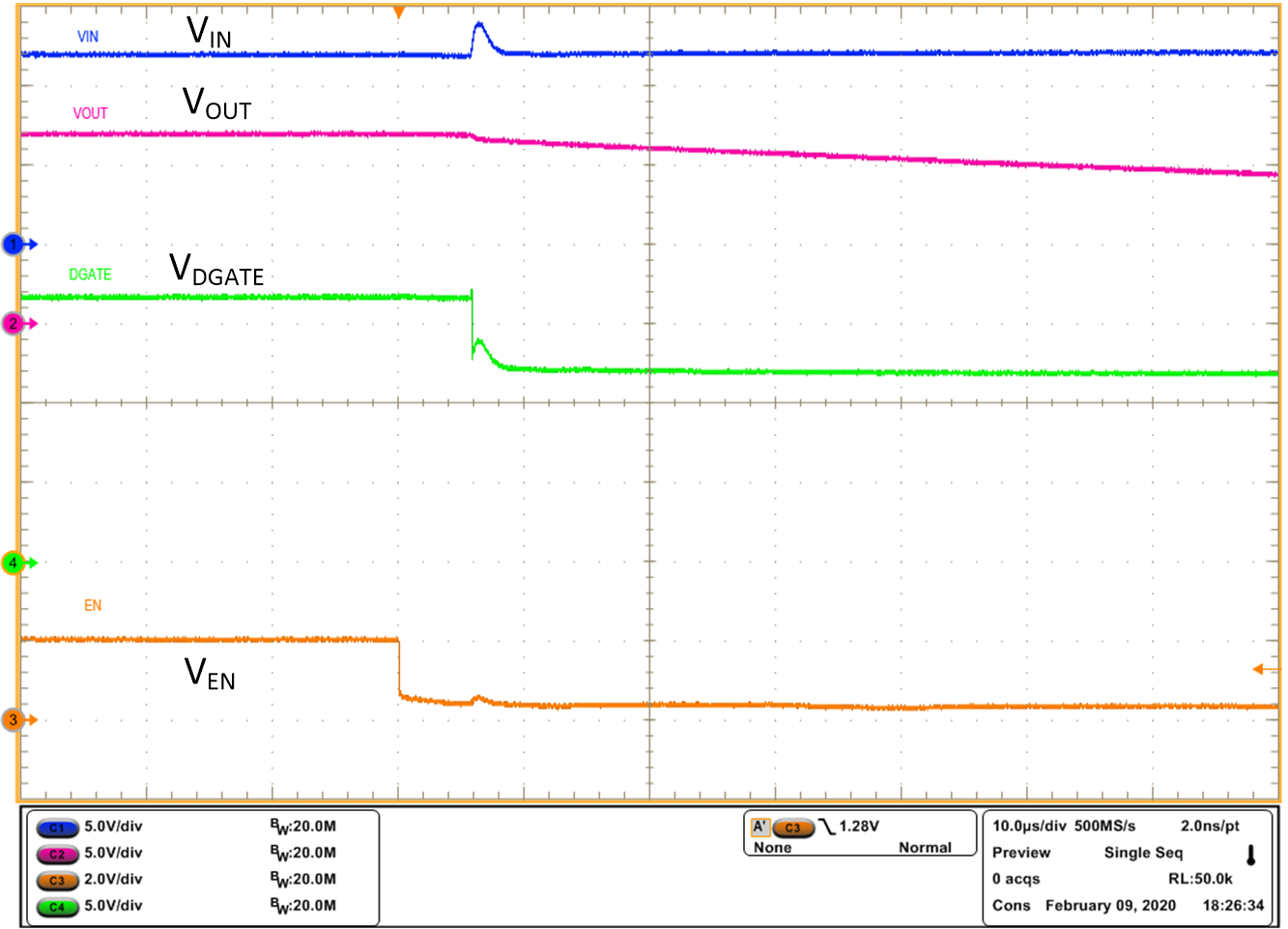 Figure 10-16 Turn OFF Delay - DGATE
Figure 10-16 Turn OFF Delay - DGATE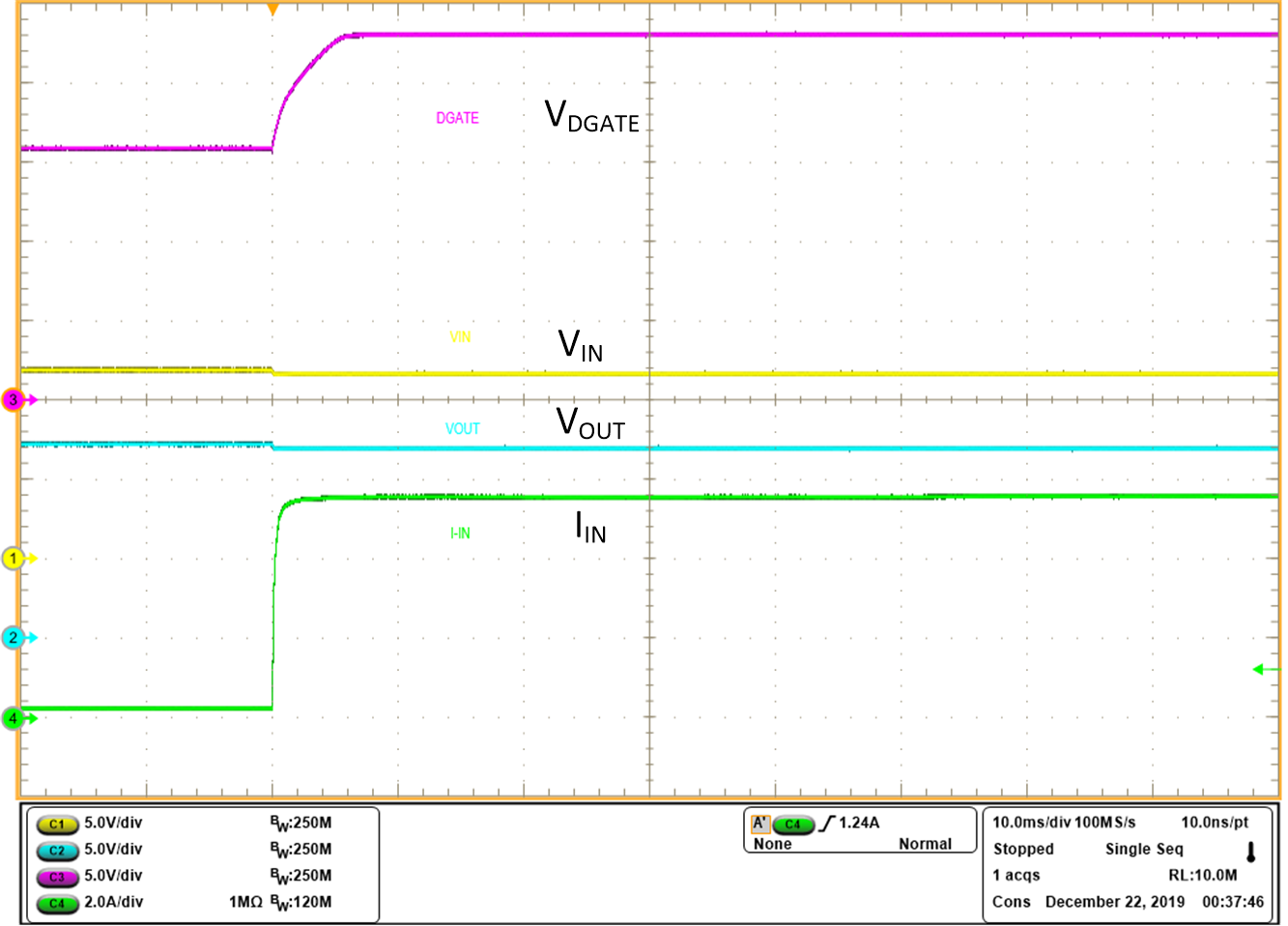 Figure 10-18 Load Transient 100 mA to 5 A
Figure 10-18 Load Transient 100 mA to 5 A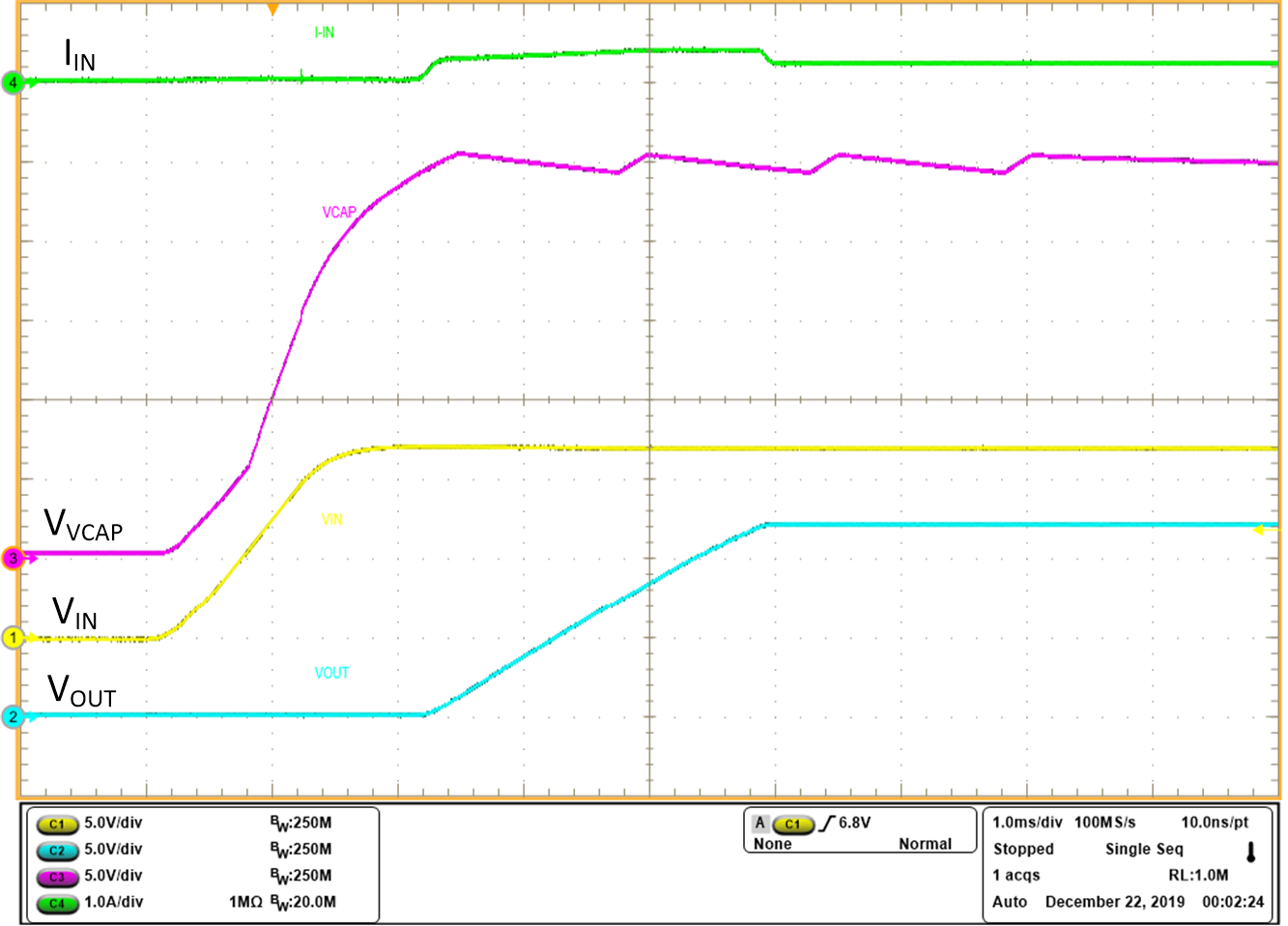 Figure 10-3 Startup 12 V showing Charge Pump VCAP
Figure 10-3 Startup 12 V showing Charge Pump VCAP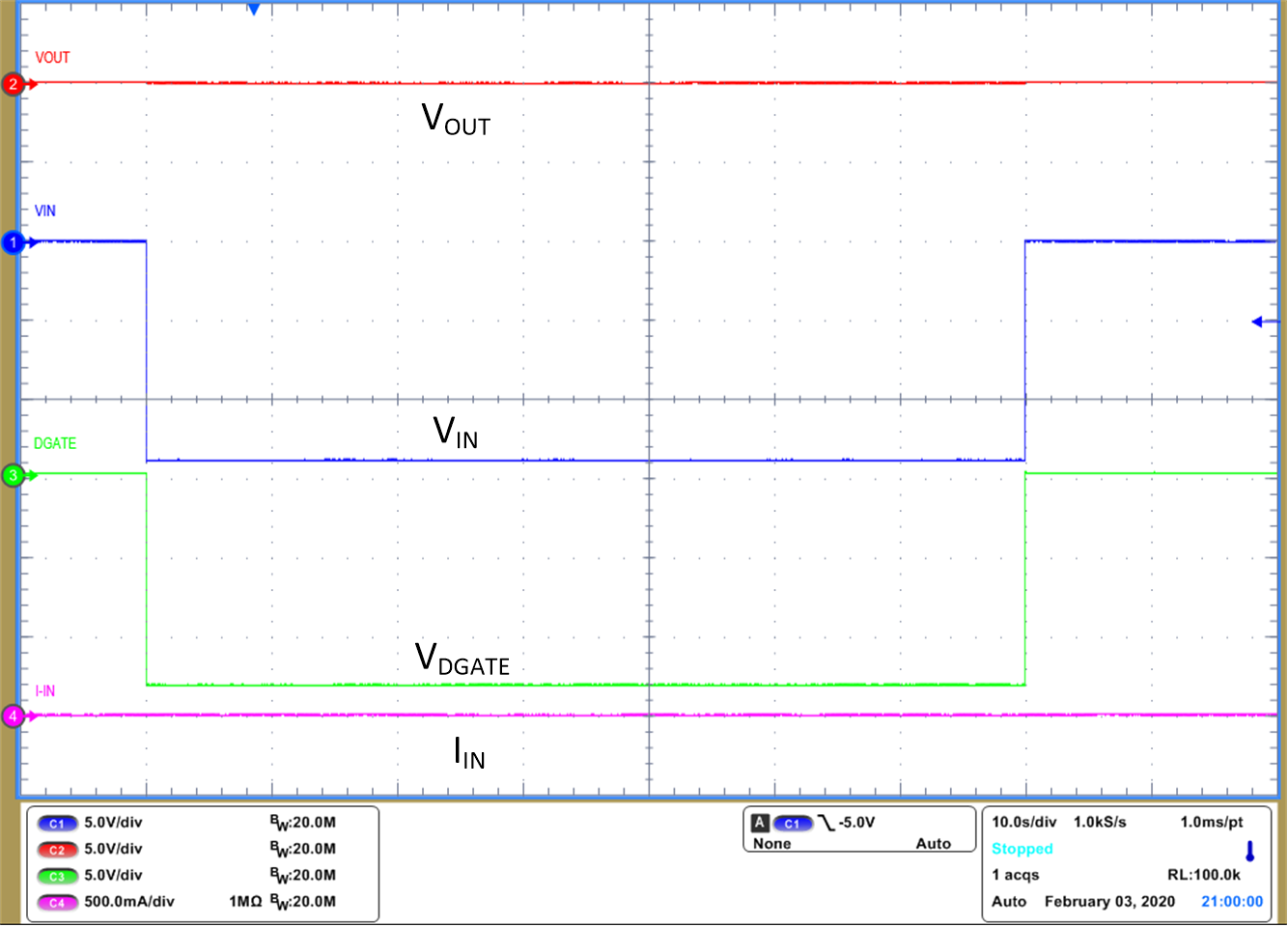 Figure 10-5 Reverse Input Voltage –14 V for 60 s
Figure 10-5 Reverse Input Voltage –14 V for 60 s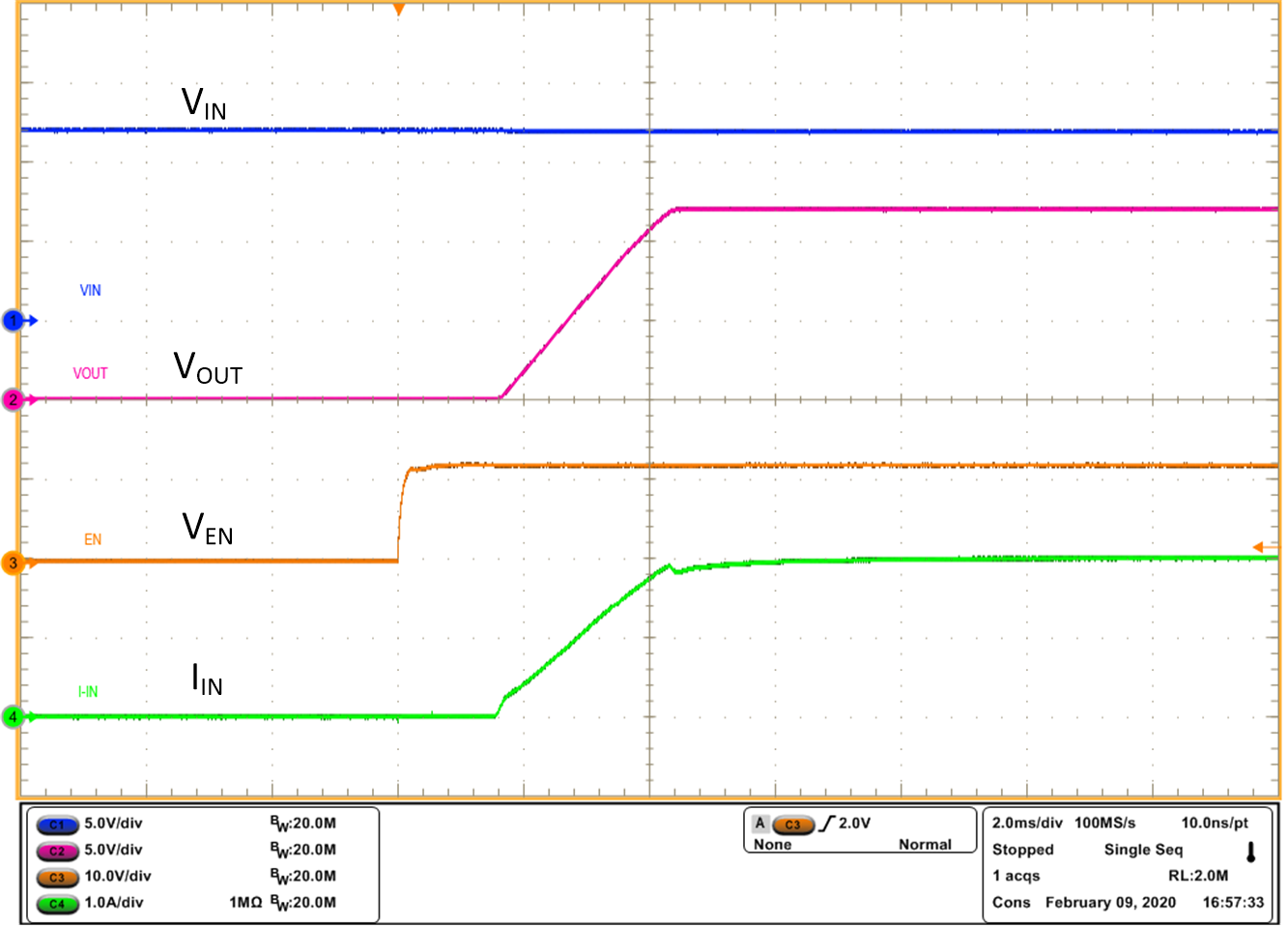 Figure 10-7 Inrush Current with 60-Ω Load
Figure 10-7 Inrush Current with 60-Ω Load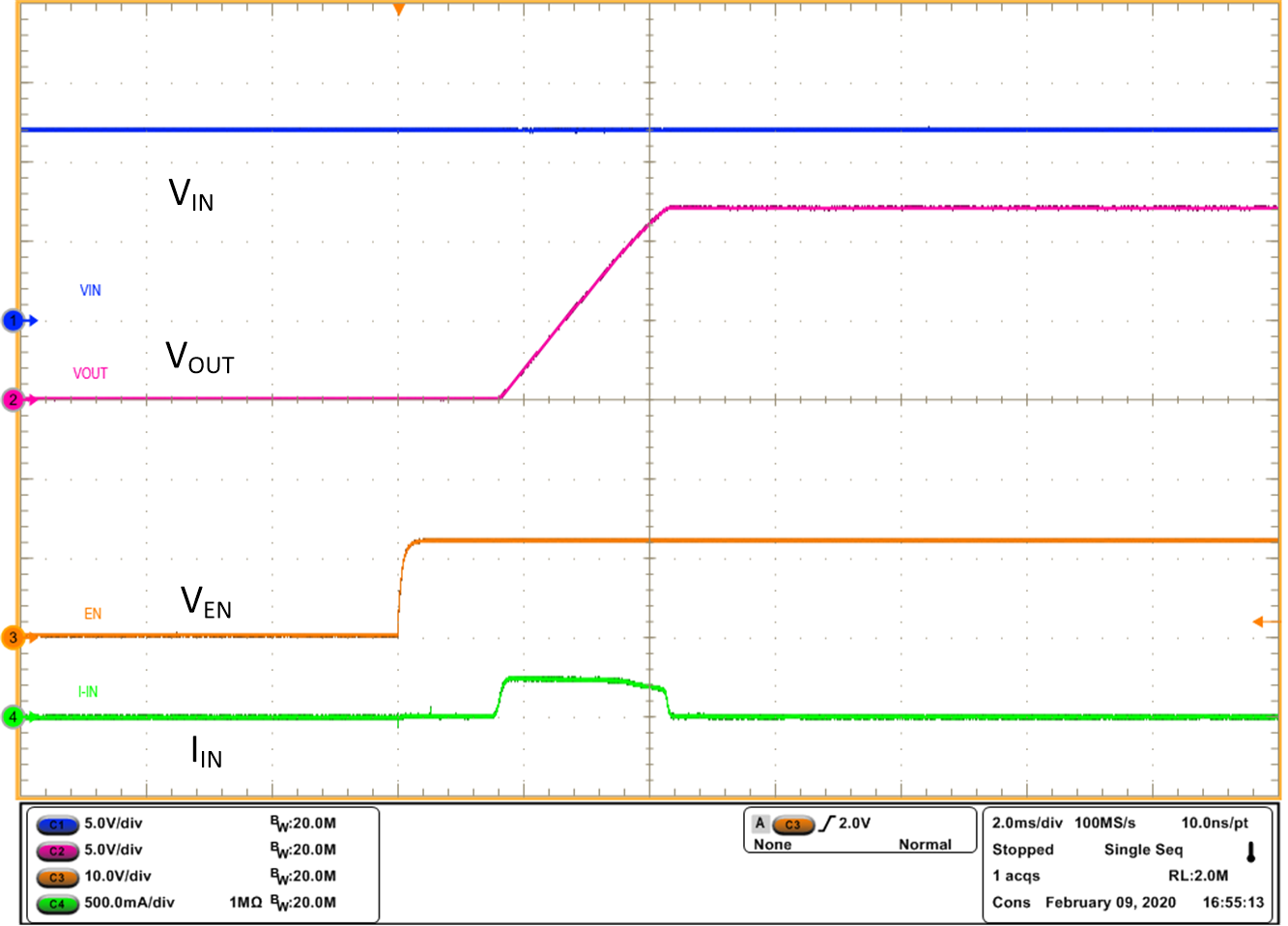 Figure 10-9 Output Turn ON with Enable
Figure 10-9 Output Turn ON with Enable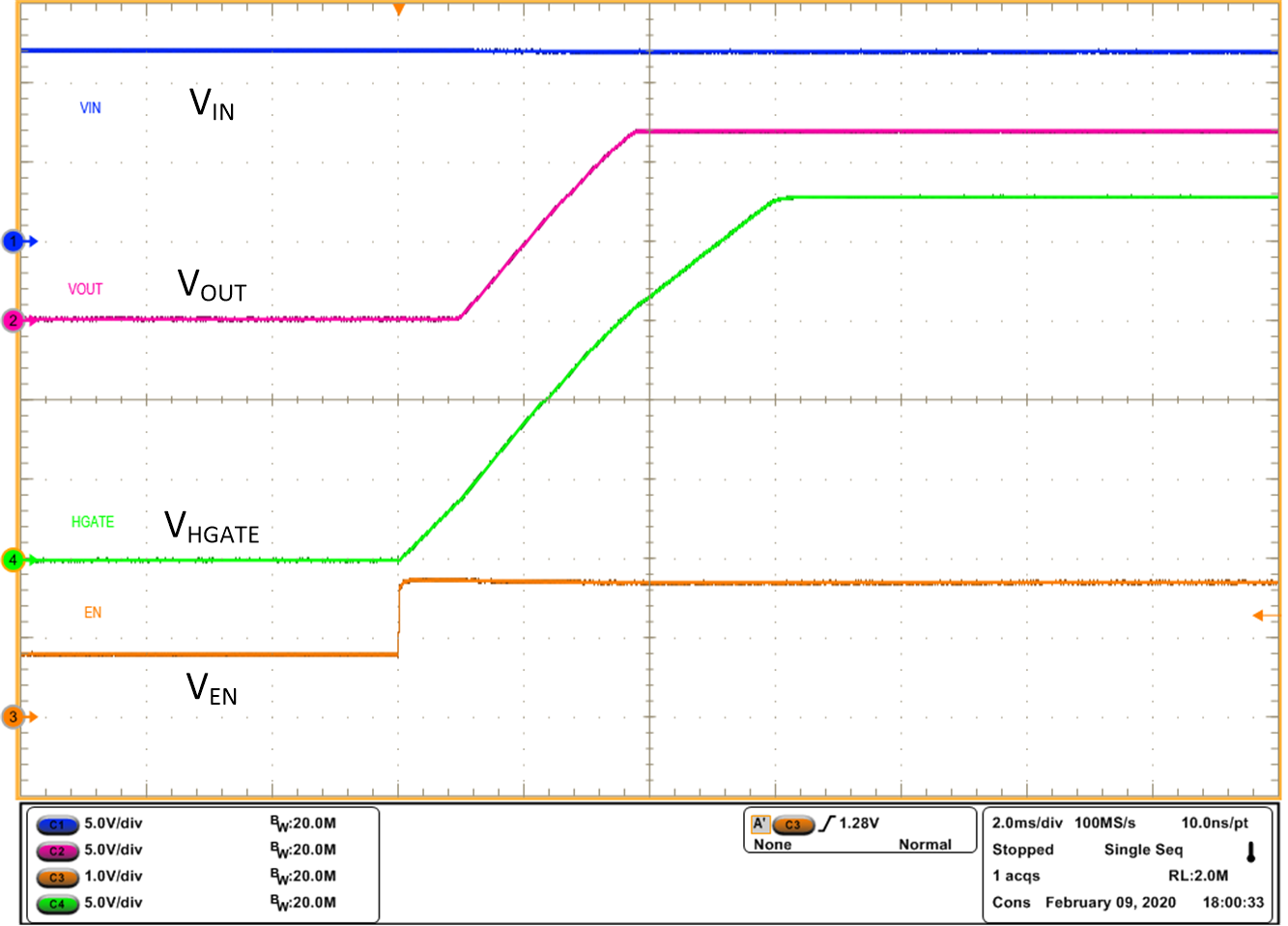 Figure 10-11 Turn ON with VCAP ON - EN rising from 0.8
V
Figure 10-11 Turn ON with VCAP ON - EN rising from 0.8
V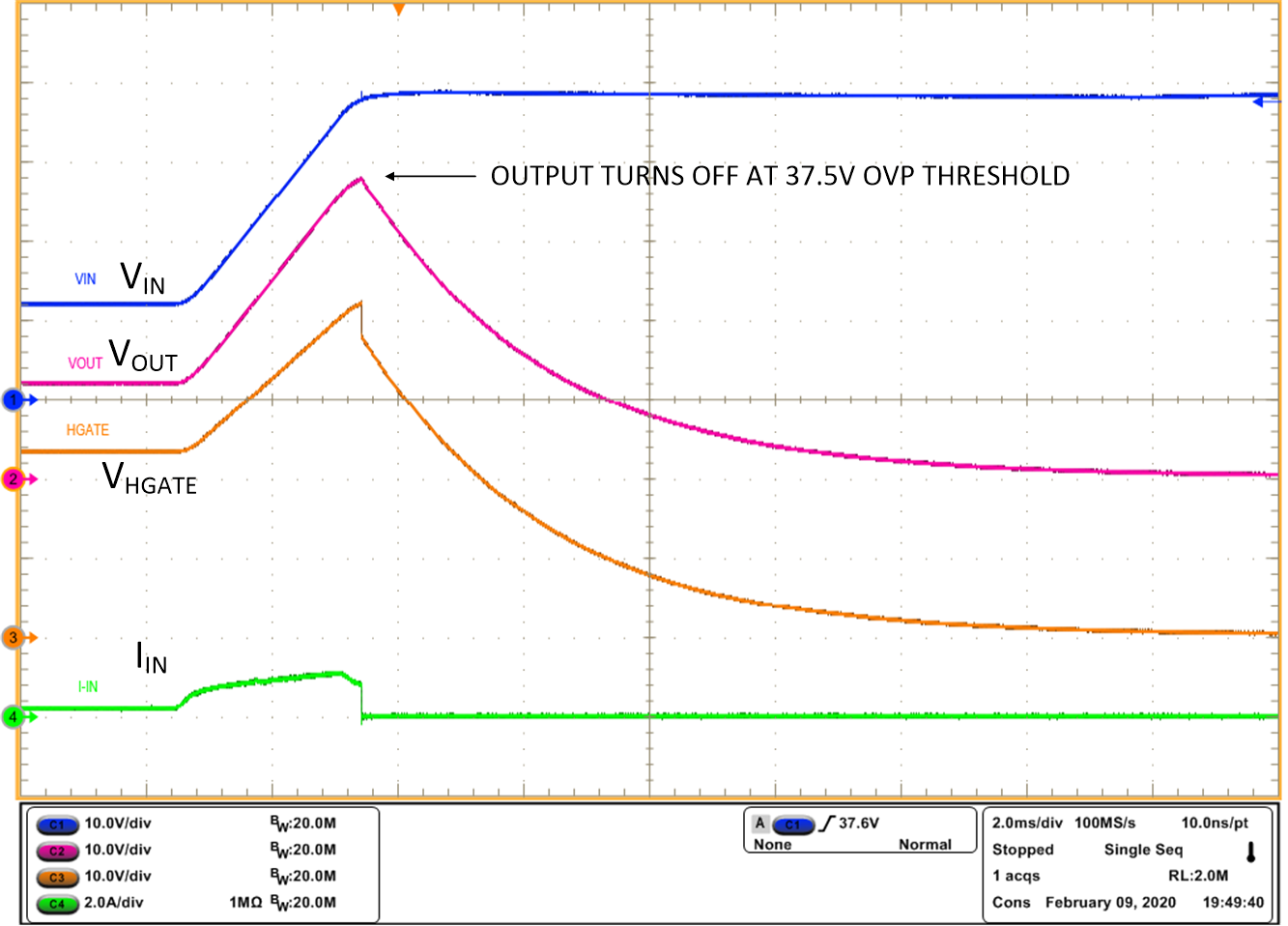 Figure 10-13 Overvoltage Protection
Figure 10-13 Overvoltage Protection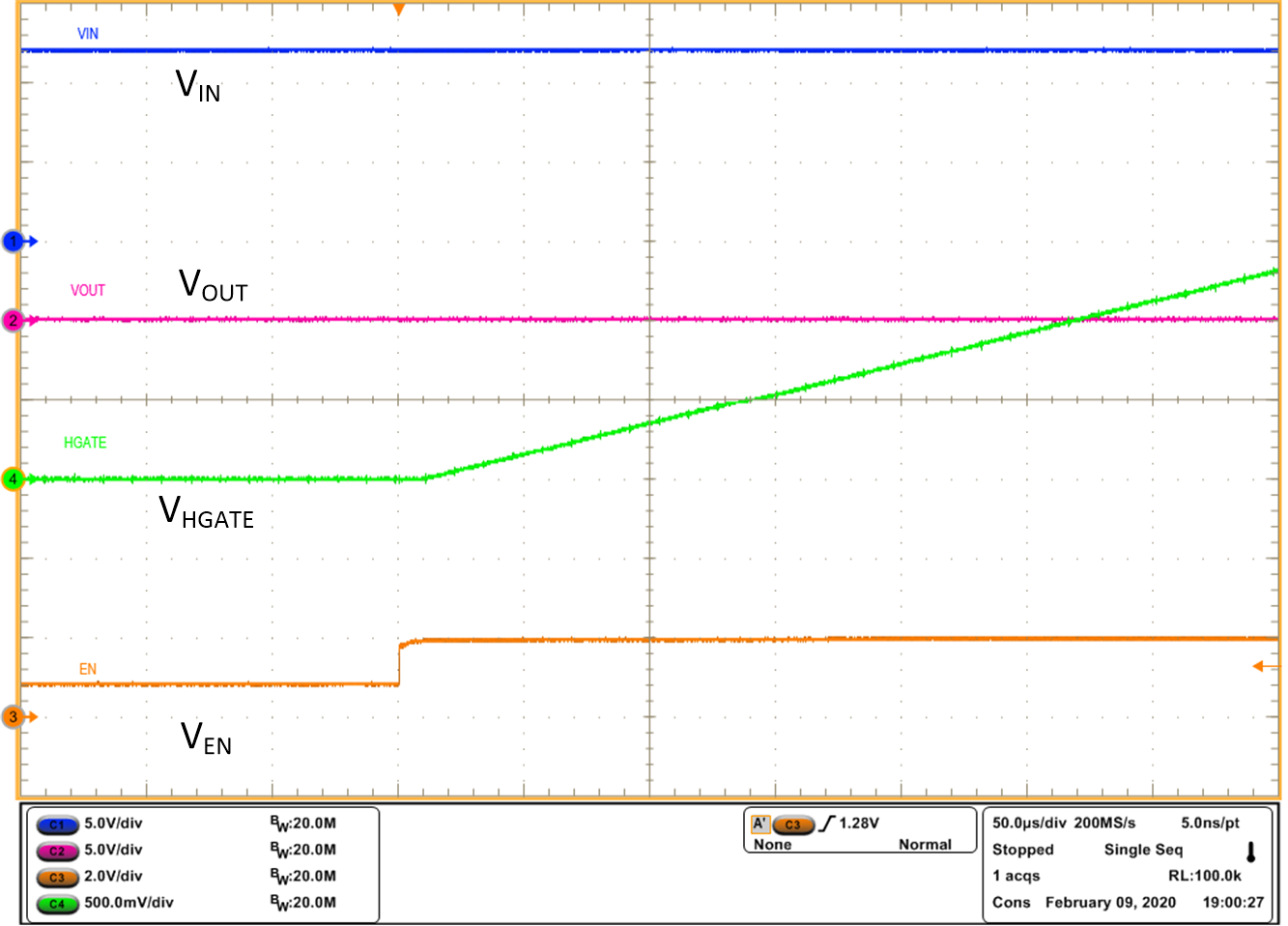 Figure 10-15 Turn ON delay - HGATE
Figure 10-15 Turn ON delay - HGATE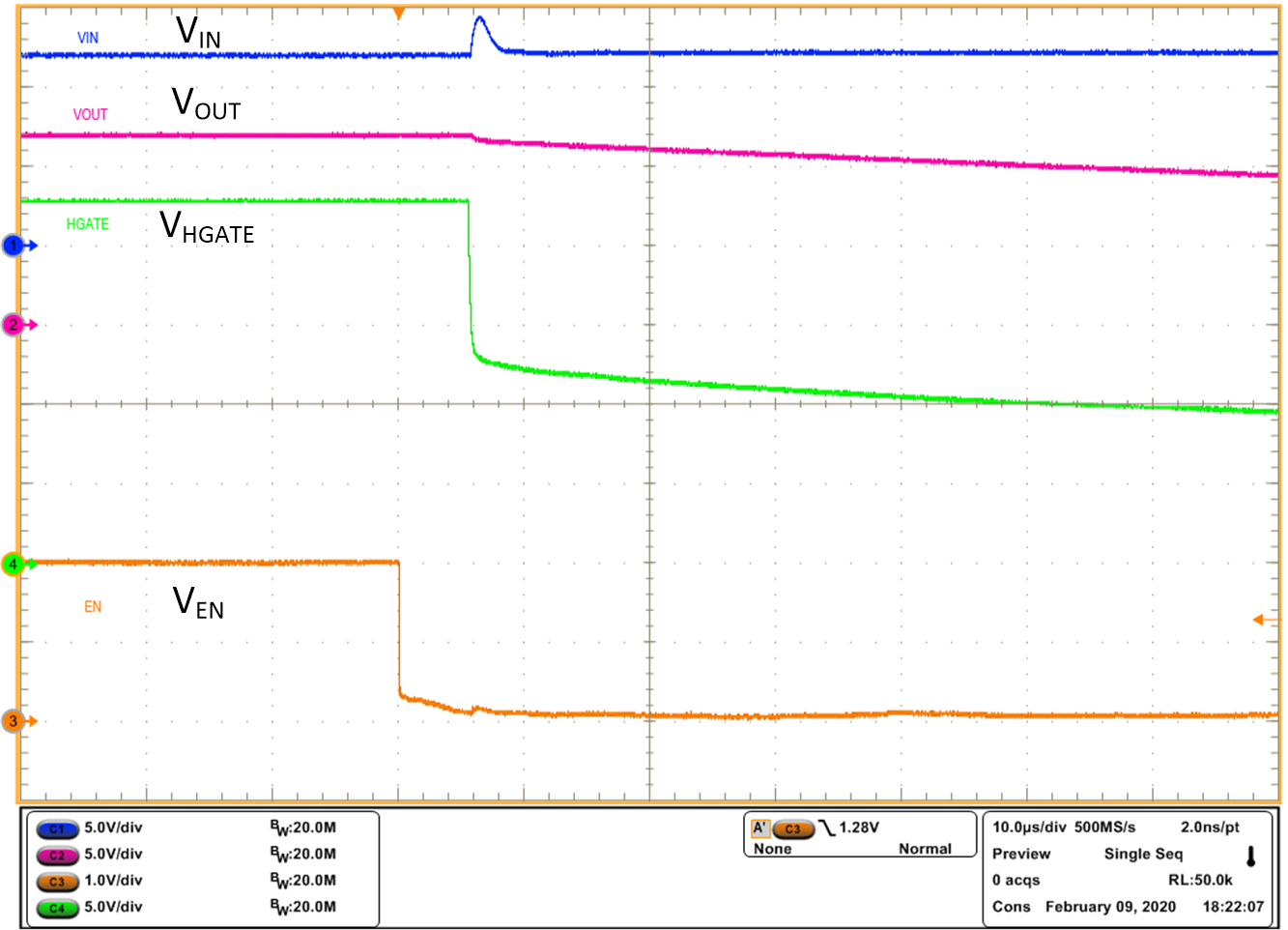 Figure 10-17 Turn OFF Delay - HGATE
Figure 10-17 Turn OFF Delay - HGATE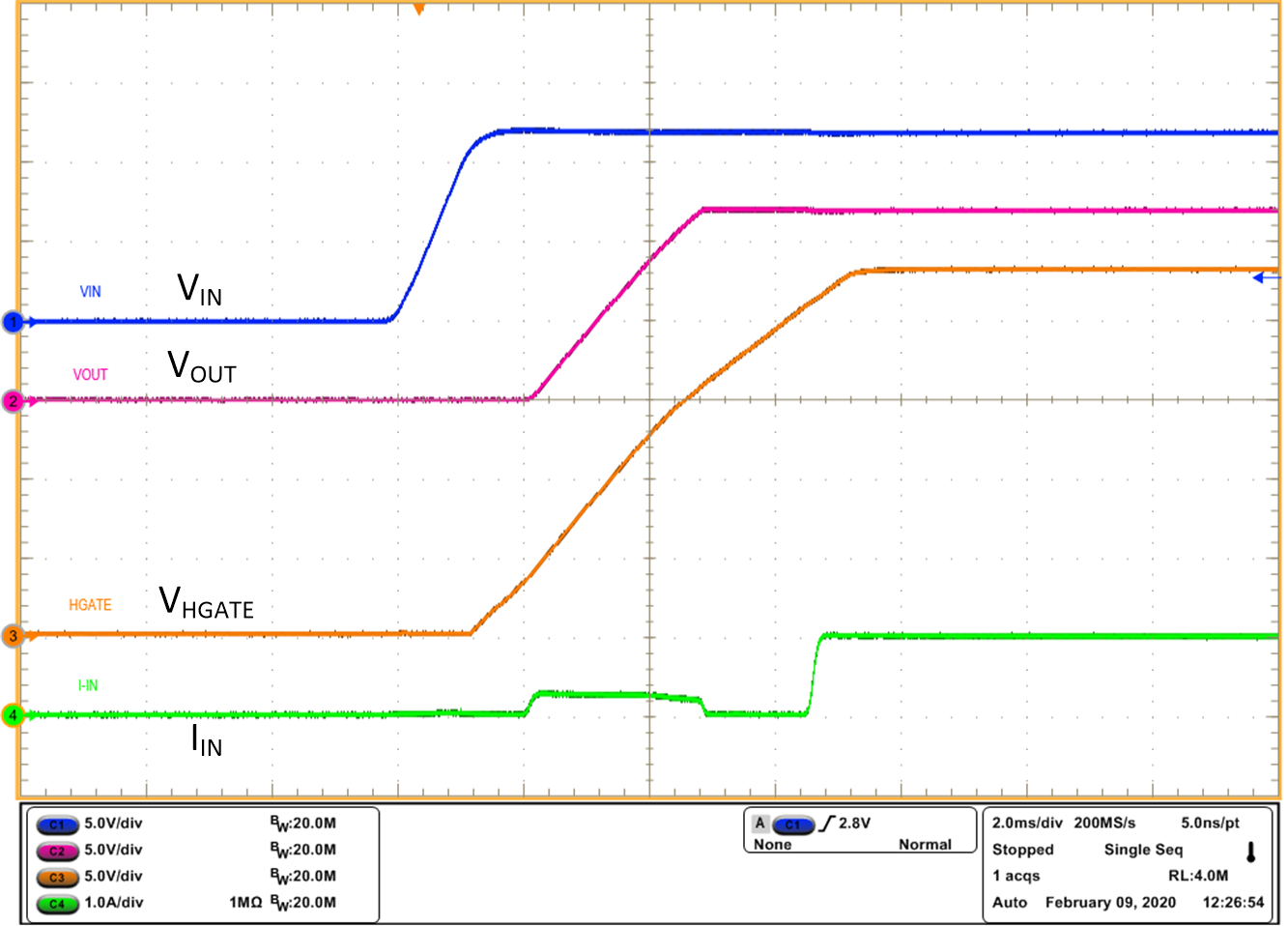 Figure 10-19 Startup 1-A Load 1 ms After Output Powers
Up
Figure 10-19 Startup 1-A Load 1 ms After Output Powers
Up